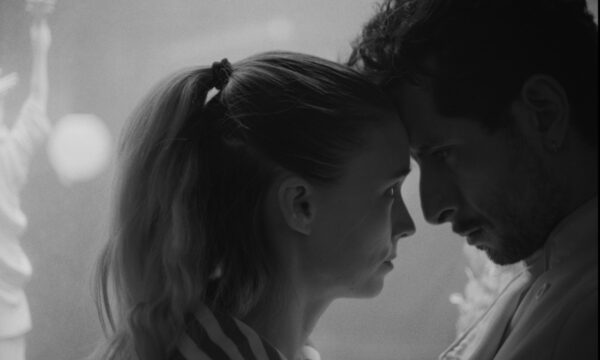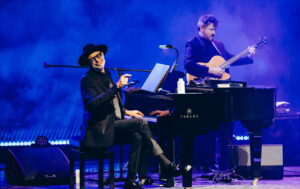Painting through the ages: Transformations and pioneers

Art, in its many forms, is an expression of the human spirit, and painting is one of the oldest and most celebrated forms. With each new era, painting has evolved, mirroring the societal and cultural shifts that have shaped the world. Art is not only architecture, the visual arts, music and much more – it is now tightly woven into all areas of our lives, reflected in the design of cars and smartphones, in advertising and clothing. Computer games and films are an interweaving of many areas of art in order for the viewer to form the emotion necessary for understanding the plot. Many games are created in such a way as to create a special feeling of comfort for the player during the playing experience, which requires designers to have a special vision of the world; although we may not notice this, in fact it is a major goal of the game creators to reach out to players’ feelings directly. Art is essentially an expression of emotion, which allow us to mutually understand each other and the whole world. This article embarks on a journey through the ages, exploring the key shifts in painting and the artists who have left an indelible mark on history.
Classical and Medieval periods: Religion and symbolism
In the Classical and Medieval periods, painting was predominantly a vehicle for religious expression. Art served a didactic purpose, teaching the illiterate masses about the stories and morals of Christianity. The Byzantine, Romanesque and Gothic periods are characterised by stylised figures, symbolic colours and a focus on religious subjects.
The most celebrated work from this era is perhaps the Byzantine icon, The Virgin of Vladimir – an embodiment of the era’s religious devotion and mystic symbolism.
Renaissance: Humanism and realism
The Renaissance brought about a radical shift in painting, emphasising humanism, realism and the use of perspective. Paintings began to focus more on the natural world, human anatomy and secular themes, moving away from purely religious iconography.
Leonardo da Vinci, Michelangelo and Raphael, the trinity of High Renaissance art, revolutionised the world of painting. Da Vinci’s Mona Lisa and The Last Supper are timeless works, reflecting the era’s pursuit of anatomical accuracy, depth and emotional expression.
Impressionism: Capturing the moment
Impressionism in the late 19th century was a response to the advent of photography and the rapid industrialisation of society. Instead of striving for realistic detail, Impressionists aimed to capture fleeting moments and the ever-changing effects of light and colour.
Claude Monet, Pierre-Auguste Renoir and Édouard Manet are among the pioneers of this movement. Monet’s Water Lilies series are prime examples of the Impressionist focus on atmosphere and light.
Modern art: Abstraction and expression
Modern art, encompassing movements such as Cubism, Surrealism, Abstract Expressionism and Pop Art, marked a significant departure from traditional forms and subjects. Artists began to experiment with form, colour and technique, expressing their inner thoughts and feelings.
Pablo Picasso, Salvador Dalí, Jackson Pollock and Andy Warhol are key figures in this era. Picasso’s Guernica reflects the anguish of war, while Warhol’s Marilyn Diptych comments on mass culture and celebrity obsession.
Contemporary art: Diversity and globalisation
Contemporary art is a broad category, mirroring the globalised and interconnected world we live in. This era is characterised by diversity in style, medium and themes, with artists often exploring social, political and environmental issues.
Artists like Ai Weiwei, Banksy and Yayoi Kusama are emblematic of this era. Ai Weiwei’s Sunflower Seeds challenges notions of individuality and mass production, while Banksy’s street art comments on socio-political issues.
The future of painting
The digital age is reshaping the landscape of painting, with digital art and virtual reality introducing new dimensions to the field. As we look to the future, it’s clear that painting, like any form of art, will continue to evolve, reflect and challenge its contemporary society.
In conclusion, painting is a rich and complex field that has changed dramatically over the centuries. It mirrors the spirit of its era, from the religious symbolism of the Medieval period to the expressive and abstract movements of modern and contemporary art. Through its transformations, painting remains a powerful medium for human expression, continuing to captivate and inspire us.
The editorial unit






















Facebook
Twitter
Instagram
YouTube
RSS